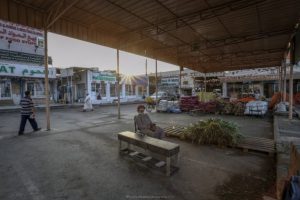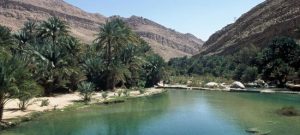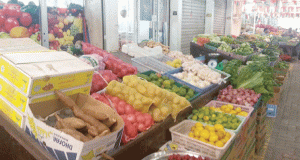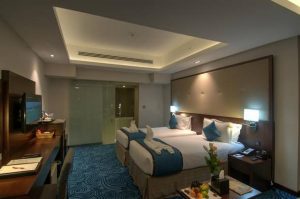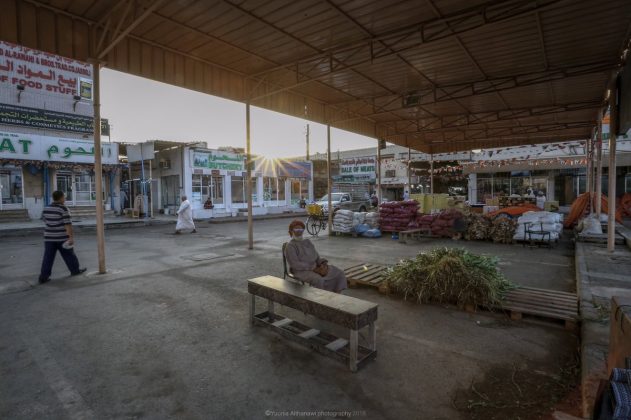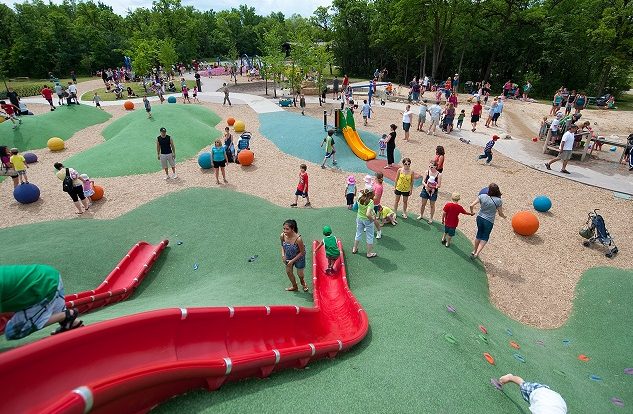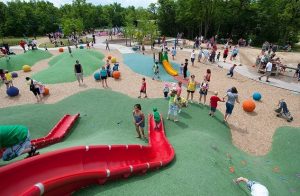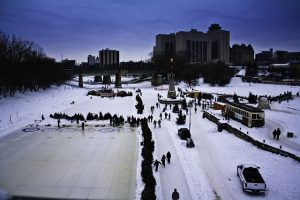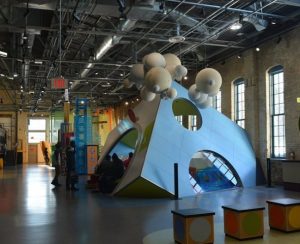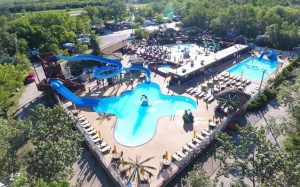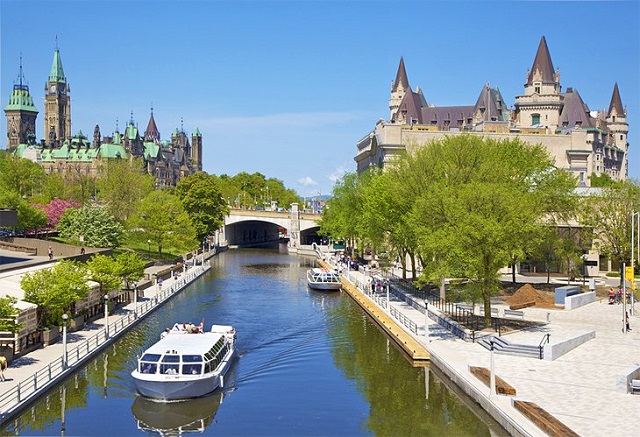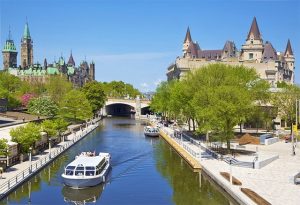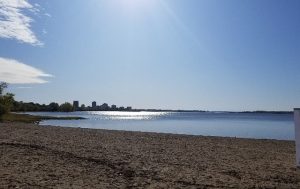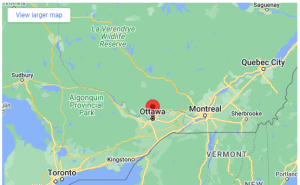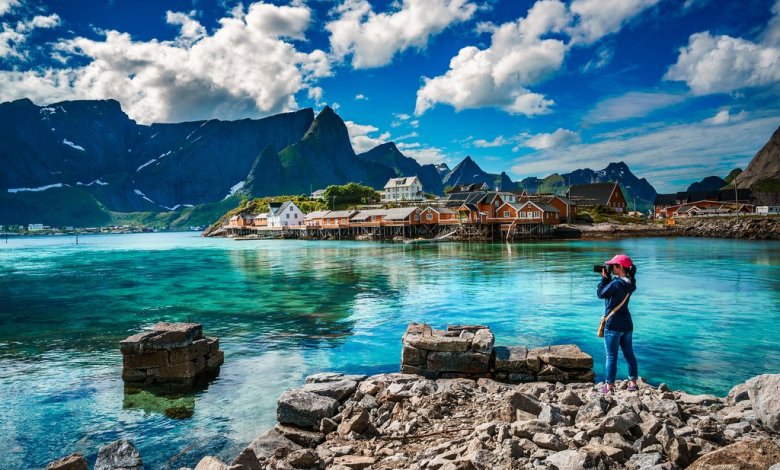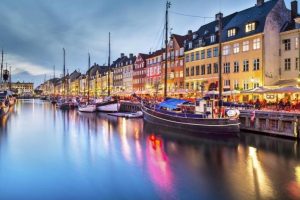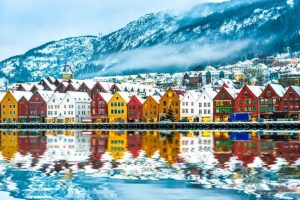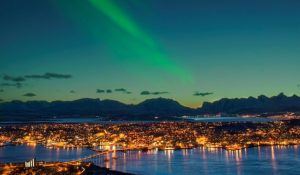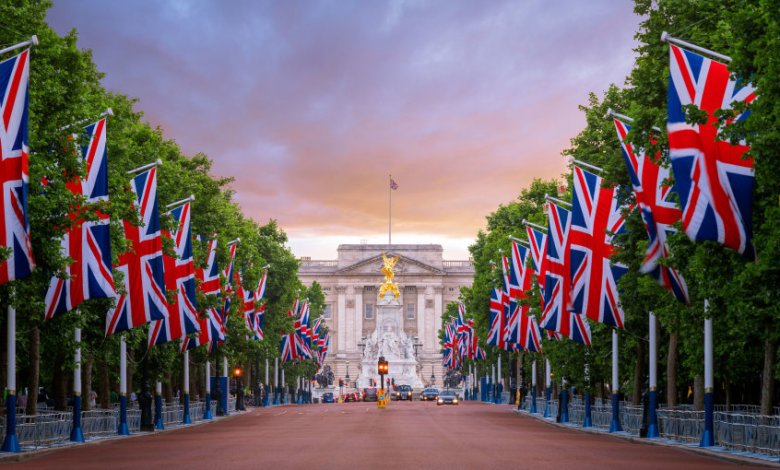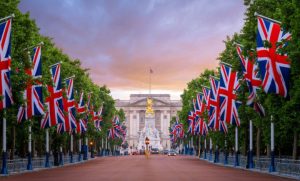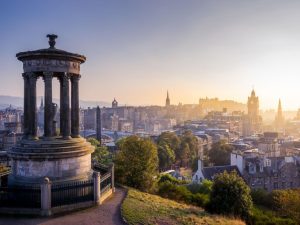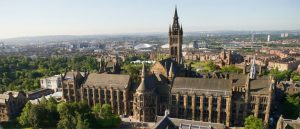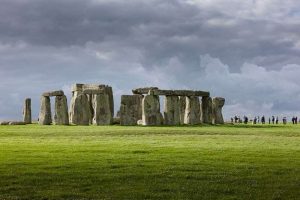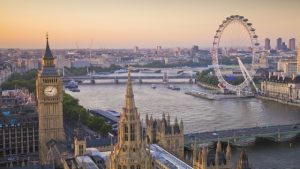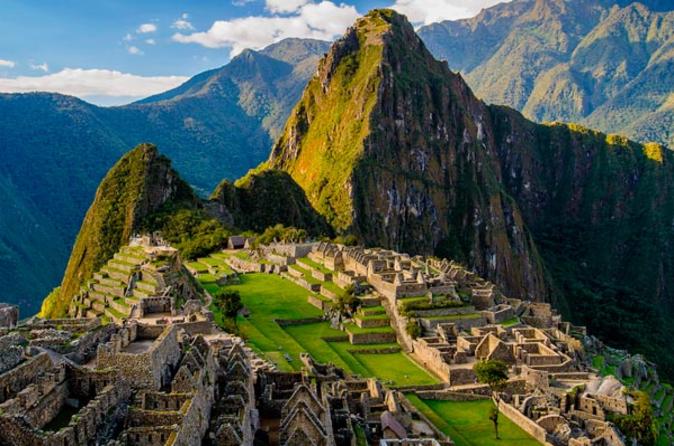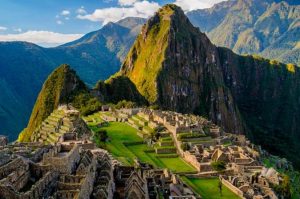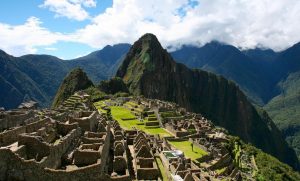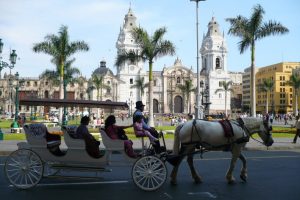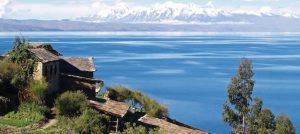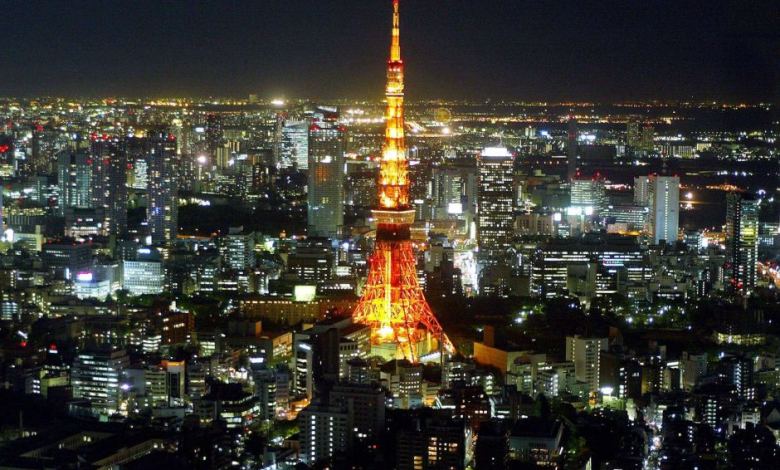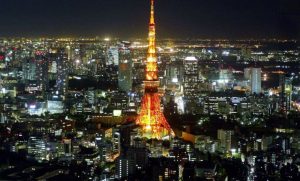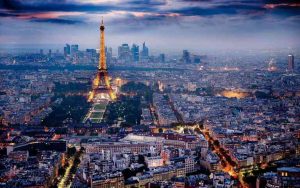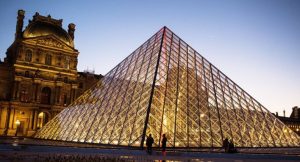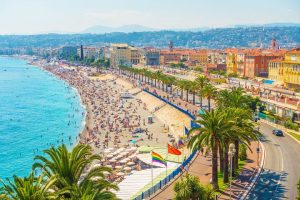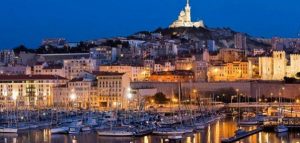tourism in Turkey
Tourist places in Turkey

Information about tourism in Turkey
Travel and tourism offers to visit Turkey
Turkey is one of the most popular tourist destinations in the Middle East, and a major destination for tourists from the Gulf region in particular. Let us review Turkey in the following lines.
Officially known as the Republic of Turkey, it is a country of which the largest part is located in southwestern Asia and another small part in southeastern Europe. The Bosporus and the Dardanelles straits, which connect the Black Sea and the Aegean Sea, are located, making its strategic location and influencing the nearby countries. It is bordered by Iran and Armenia to the east, Iraq, Syria and the Mediterranean in the south, with sea borders with Egypt and Cyprus, the Aegean Sea, Greece and Bulgaria to the west, the Black Sea and Georgia to the north.
It separates Asian Turkey from European (consisting mostly of Anatolia), which includes 97% of the country, by the Bosphorus, the Sea of Marmara, and the Dardanelles. European Turkey (Eastern Thrace) comprises 3% of the country.
Culture and history
Turkey is a secular democratic country, a constitutional republic with an ancient cultural heritage. Turkey has become increasingly close to the West through its membership in organizations such as the Council of Europe and NATO.
Turkey began full membership negotiations with the European Union in 2005, knowing that it has been an associate member of the European Union since 1963.
Turkey has also fostered close cultural, political, economic and industrial relations with the Middle East, Turkish countries in Central Asia and African countries through its membership in organizations such as the Turkey Council, the Joint Administration of Turkish Arts and Culture, and the Organization of Islamic Cooperation.
Turkey also successfully transformed from the Ottoman Empire based on the Islamic religion to the modern nation-state with a strong separation between religion and state. Various historical factors played an important role in determining the identity of modern Turkey. Turkish culture is the result of efforts to make “modern Turkey” a Western country, while preserving traditional, religious and historical values.
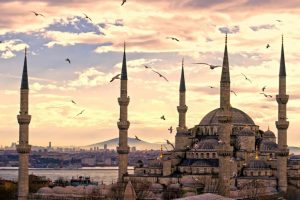
The Bosphorus
Visiting this strait is one of the most beautiful tourism options in Istanbul, as visiting this place provides one of the most beautiful tours and excursions in Istanbul, as the visitor can ride a boat and see the Black Sea and the Sea of Marmara.
The strait is one of the most important tourist places in Istanbul, which leaves a special character for everyone who passes through it, and no tourist can go there without feeling the beauty of this truly wonderful strait.
Glata Sarai bath
One of the archaeological sites that give its visitor a beautiful feeling, the place is a Turkish bath designed in the ancient Ottoman style that distinguishes the beauty of the walls and walls, as it has a very wonderful Islamic architectural design.
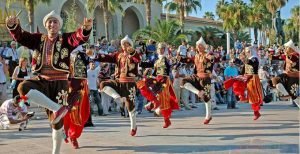
The Covered Market
One of the largest markets in Turkey and even around the world, the Covered Market contains about four thousand shops selling different products. The market is really beautiful and wonderful, and no shopper or tourists can go to Istanbul without going to it and shopping. The market was built in the year 1461 on An area of 47,600 thousand meters, and the market contains many streets, which are estimated at 66 streets that serve the market.
Dolmabahce Palace
The palace is considered one of the most beautiful and wonderful tourist places in Istanbul, this luxurious and beautiful high palace is the truest testament to the greatness of the ancient Ottoman Empire.
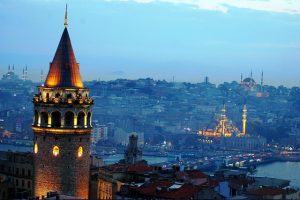
Taksim Square
A very important and main square in Istanbul, as it has very important and vital facilities such as trams and transportation, and it also has tourist places around it and wonderful archaeological sites.
It also has many restaurants, cafes, halls, as well as cultural halls, both public and private, it is a lively place and a very important hub in Istanbul.
Sultan Ahmed mosque
This mosque is one of the largest, most important and oldest mosques, not only in Istanbul, but in the entire Islamic world.
This mosque is the largest of its kind among the mosques of the Ottoman Sultans, the mosque contains six beautiful minarets, which made it different from many mosques of the Ottoman Sultans, which always has the number of minarets in the mosques that were built during their reign only five minarets, it has a very wonderful location in Istanbul, which is Designed in the latest style decorated with beautiful ottoman decor.
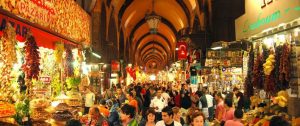
The mosque is also known as the Blue Mosque because the colors around the minaret change with the changing times of the day.
Sulaymaniyah Mosque
One of the unparalleled mosques, being an ancient architectural masterpiece, and one of the largest mosques in Turkey in general and in Istanbul in particular. The mosque’s design is wonderful and dazzling, and it is also characterized by spirituality and splendor in building minarets and walls, so the mosque is one of the most amazing sights in Istanbul and Turkey in general.
Galata Castle
One of the distinctive archaeological towers that were used in the past to monitor the movement of ships at sea.
This tower consists of nine floors and can be viewed from the top with wonderful views, so many tourists and visitors go to the tower to take memorial photos from the top, many tourists and visitors consider the tower to be one of the most beautiful tourist areas in Istanbul, as the tower gives them a beautiful panoramic view of the city.
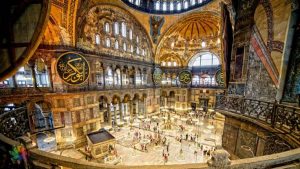
Turkish tourist places – tourism guide in Ankara
The Palace of Bielerby
A palace designed with the latest Ottoman architectural styles, it is distinguished by everything from elegance, beauty and history.
The palace has many cultural aspects that attract many tourists, especially the Ottoman culture enthusiasts
Intention The palace is dominated by a wonderful view, whether from inside or outside the palace, as it overlooks the sea bay, ships and watercraft, and gives a picture of ancient Ottoman life.

Gulhane Park
In ancient times, it was a private garden for the Sultans, but it is now a public garden for everyone. There are many flowering and perennial trees in the garden, and there are many cafes and shops that offer fast food.
Aya Sofia
Hagia Sophia is considered the capital of tourist attractions in Istanbul, as it is the largest, greatest, most important and most beautiful tourist attraction in the beautiful city of Istanbul .., whoever goes to it will be truly amazed at the beauty and nobility of this place, which brings together all civilizations and monuments across times and ages, and also combines Christian architecture and Ottoman ornamentation.
